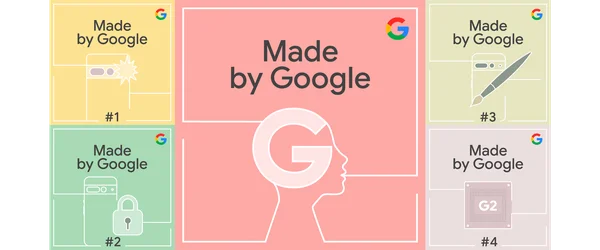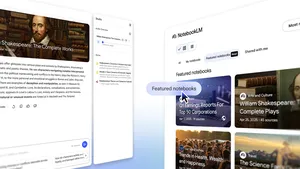6 ways Google AI is helping you sleep better
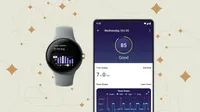
Sleep tracking in consumer hardware products has been around for a while — Fitbit, for instance, has provided it for 15 years. But these tracking and analysis offerings have evolved over time. “We’ve added so much more capability,” says Dr. Conor Heneghan. Conor is a research scientist who works on sleep health at Google across consumer hardware. His team is responsible for developing the helpful new sleep features for Fitbit and Pixel Watch, which uses Fitbit’s health and fitness technology.
A lot of this progress is thanks to AI. “The team I work on relies on various machine learning algorithms to do our work,” Conor says. These algorithms work like this: Your device detects raw sensor signals — like movement or reflected light — and uses algorithms to map these signals to other useful information, such as your heart rate and your steps. Additional algorithms then take this data and map it to even more complicated concepts, like your sleep stage or your stress level, so that you have more helpful information to act on. “We can combine all of these bits of information together to get really detailed information related to sleep,” says Conor.
Here’s a look at how AI powers sleep features on devices like Fitbit, Pixel Watch and Nest Hub (2nd gen), and how they can help you get better rest.
- Sleep Tracking. Fitbit’s sleep technology powers the sleep-tracking capabilities across Pixel Watch and Fitbit devices. Specifically, Fitbit’s sleep-tracking algorithm looks for patterns in your movement and heartbeat intervals to estimate what stage of sleep you’re in and how long you’ve been sleeping. Your device then shares this information to you in a bunch of different ways (more on that in a bit). The sleep-tracking algorithm works by combining multiple algorithms at once. One detects the time between each individual heartbeat by looking at the reflected optical signal from your wrist. Another characterizes your movements by looking at the accelerometers (motion sensors) in your device. This information is sent to the Fitbit cloud site where a machine learning algorithm combines the heartbeat and movement information to estimate what stage of sleep you’re in and when your sleep started and ended.
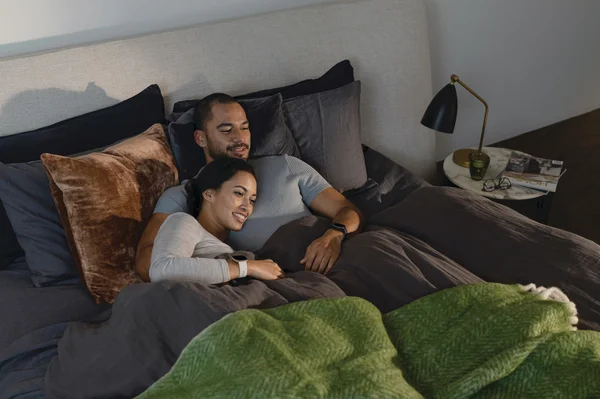
2. Sleep Profile. A machine learning algorithm that’s trained to recognize clusters of similar characteristics produces your Sleep Profile. This Fitbit Premium feature requires data from at least two weeks of sleep, so it can recognize things that commonly happen while you sleep and give you a more holistic analysis of your sleep behavior over time. These clusters of data help determine your Sleep Profile animal — are you more of a giraffe or a hedgehog? Personally, I’m a parrot. These are just a few of the animal types associated with different Fitbit Sleep Profiles, and each gives you insight into your sleep habits. “By doing this and telling you what animal sleep characteristic you have, the AI gives you advice suited for that group,” Conor says.
Fitbit Sleep Profile analyzes your sleep and compares it against other characteristics so it can give you more details about your behaviors.

3. Sleep Score. Sleep Tracking generates your Sleep Score, a number from 0 to 100 that you get every morning after a night of rest 1 . “Your Sleep Score is the first thing you see when you check last night's sleep in your Fitbit app,” Conor says. It’s based on what’s called an expert consensus algorithm. “We talked to sleep doctors to find out some of the best things to look for in a night’s sleep,” Conor explains. Important factors include your sleep duration, followed by the percentage of deep sleep (ideally around 15% of your night’s sleep, he says) and REM (dreaming) sleep you get. The expert-informed AI takes these benchmarks to give you your Sleep Score for a given night.
4. Cough and snore detection. The second-generation Nest Hub as well as both the Pixel 7 and Pixel 7 Pro have cough and snore detection. Conor says a machine learning algorithm takes what’s called an “acoustic footprint” and maps the different frequencies; a cough has characteristic sound frequencies and durations while a snore has its own unique sound profile also. This algorithm was trained against a large dataset to recognize these sounds and tell the difference between them. Conor also notes that this feature doesn’t store the raw audio, so don’t worry — there’s no database of snores and coughs floating around. Instead, the frequencies of the different pieces of audio are processed upfront and turned into numbers that the AI can interpret.
Cough and snore detection can tell you if these things affect your sleep.
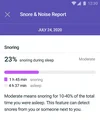
5. Smart Wake. “The Smart Wake algorithm is effectively trying to avoid waking you up when you’re in deep sleep since that’s when you will experience the most sleep inertia — also known as ‘grogginess,’” Conor says. Smart Wake works by looking for movement and heart rate patterns that correspond to deep sleep. Once these patterns begin to subside, Fitbit’s sleep algorithms know that it’s in the clear to turn on your alarm. When you enable Smart Wake, you tell it the latest time that you’d want to wake up. Then the app will wake you within 30 minutes of that time, depending on when you’re coming out of your deep sleep stage. The vibration is gentle enough to lightly pull you out of sleep — no jarring blaring needed.
6. Sleep Sensing. As far as non-wearables in the sleep tech space go, Nest Hub (2nd Gen) devices have a feature called Sleep Sensing which uses Motion Sense with low-energy radar, and sound, light and temperature sensors to detect movement and breathing during the night, as well as light and temperature changes in the room that could affect your sleep (and no, there’s no camera involved). Everything is processed on the device, relying on an algorithm that analyzes the data the sensors collected 2 . Then in the morning, Sleep Sensing 3 will give you personalized insights about your sleep from the night before.
